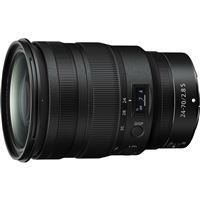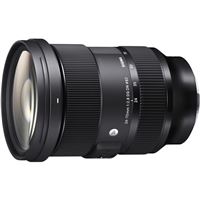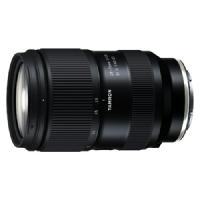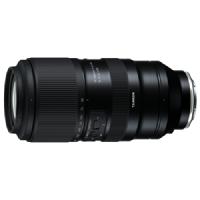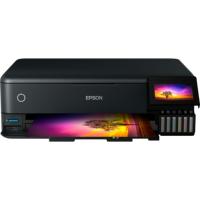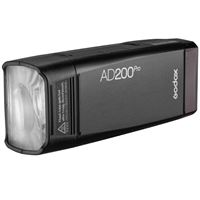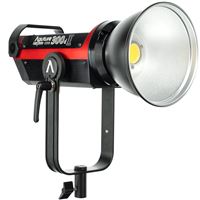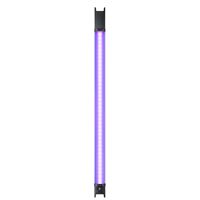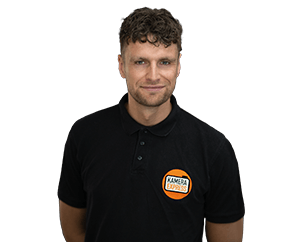Studio selection guide
You can use lots of different equipment in the studio. But which equipment is best for your project? Do you choose to put on a flash or go for a lamp after all? What backgrounds do you need? Of course, we understand that choosing studio equipment is not always easy. That's why we shine some light on this problem, so you always have the right equipment in the studio.
Studio flash or continuous light?
You won't get far without light. Therefore, it is important to think about what kind of light you want to use in your studio shoot. This can be a flash or continuous light. There are both advantages and disadvantages to using these lights. We explain the main differences below.
Continuous light
Continuous light refers to lamps. These light up your subject all the time. The greatest advantage of this is, you can immediately see the light's effect on the subject. If you move the lamp, you will immediately see the effect it has. Then, if that's to your liking, you can start selecting the right settings for the camera. You may choose to use a light meter now to determine the ideal brightness and its settings. Then you can go right on taking pictures.
In general, daylight lamps are most commonly used in photography, but warmer light can also be used. Colour temperature is adjustable in many LED lamps. You turn the knob and immediately see how hot or cold the light is going to be in the picture. Not only the light, but the lamp itself can also get hot. Therefore, pay close attention when working with models, for example. Over time, the hot lamp can be annoying for the model, but also for you as a photographer, because you really don't want to see sweat droplets on your model's face. By the way, LED bulbs generate a lot less heat than other types of bulbs.
Continuous light is suitable for more stationary subjects, such as products or food. Continuous light also comes in handy when photographing flash-sensitive subjects, such as newborn children or (domestic) animals. Of course, continuous light is the only option if you're going to be filming in the studio. At the bottom of this page, we have an additional piece on special lighting for filmmakers, which you might also find useful as a photographer.
Flash lighting
For flash lighting, a reportage flash or studio flash can be used. While the benefits of a flash generally apply to both, for now we will only focus on flashes for studio use.
The biggest advantage of a flash is that they have much more power than a bulb. So you get more light on your subject. Because the light is bright and short, you can freeze movements with it.
Most studio flash units are equipped with a model light (or set light). This model light helps with flash positioning and aiming, but the final result of the flash (strength) will still only be visible in the photograph. This makes the use of flash light a little more challenging for the novice studio photographer.
We prefer to use a flash in portrait photography, (fashion) shoots with models and studio setups where fast movements occur.
Which studio flash is suitable for me?
There is a huge range of different types of studio flashes available in different price ranges. Before you make a choice, it is helpful to ask yourself what you are going to use the flash for. What kind of light do you want and what requirements should the flash meet, so you can take the picture you want?
It is useful to first look at the power of the flash. This is expressed in watts per second and this also indicates what the light output will be. This light output can usually be adjusted in large or small increments, depending on what you need. The guide number indicates the amount of flash. The higher it is, the more light the flash will produce.
The flash duration and the recycle time (recharge time) indicate how fast and how often you can flash in succession. This is useful to keep in mind if you're going to do a photo shoot with a lot of fast movements. Then you want to be able to capture these in quick succession.
Flashes for beginners
We have selected three flashes for beginning studio photographers. Here we considered both ease of use, and the purchase price. This will give you a good flash and help you learn how to use flashes quickly. The Godox AD200 Pro already leans a bit more in the direction for somewhat advanced photographers, but it is very easy to use.
















